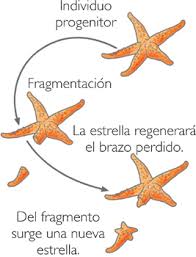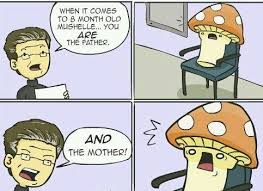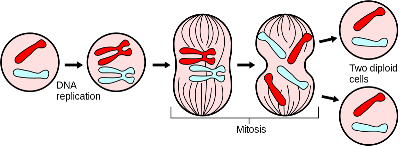In our class, we were asked to do a blog post about an examination of our interactions with the environment, with its positive and negative effects. Here is a list with all of them.
Wasting food:
In my house, we do not waste food, usually, if we dont finish it, we keep it on the fridge so that the next day we can finish it. For me, it only has 1 positive effect if we waste it, and is that if we waste food like fruits, like the banana peel, potatoes, vegetable remains, fruit, leaves, yogurts and expired juices, oil, coffee grounds and infusions, natural wood sawdust, ashes, newspaper clippings, roots and plants other than natural grass ….
Try to make a mixture of debris, if you add a good amount of, say natural grass, mix it with the above. If, on the other hand, it has contributed remnants of several products, it does not have to be removed. Once a week the upper layer should be removed, some tips are that you should plan wha you are going to eat. It can help as a compost for the grass. But you cant throw everything, its just some specific food, and not too often. But some consequences are that you are wasting money, time, and also you are generating more trash. The food produced and not ingested swallows a volume of water equivalent to the annual flow of the Volga River in Russia; Produce 3.3 billion tons of greenhouse gases into the planet’s atmosphere.


Using lights:
At my house, we always shut the lights off when not in use. Also, all of our lights bulbs are energy conservating bulbs. I think that its an energy waste and we are also doing disruption of ecosystems. Its not only air and water around us that are polluted, even the lightaround us is polluted.

Using plastic bags:
Plastic products are everywhere. We use them every day in our homes, schools, offices, and during our travels in between places. Our modern world has become so dependent on the convenience of mass-produced, readily available plastic products — like disposable bags, bottles, and cups Usually, when we go shopping, I should be honest but with my family we use a lot of bags, and for us is normal, and we do not think about the consequences. And honestly the only one that remind us to bring reusable bags is my mom, and even if she tells us we always forget it. And the problem is that plastic debris accumulates persistent organic pollutants (POPs) like PCBs and DDT at high concentrations. Many of these pollutants are known endocrine disruptors. Also, plastic bags don’t biodegrade, they photodegrade – breaking down into smaller and smaller toxic bits.

Automobile travel:
I always take the bus or walk to school every single day, and its really weird when my parents drive me to school. Also, we only have 1 car for our family, because we know the damage that it does to the climate change, to the earth. The cars are very useful & helpful to the human in the life , They can transport the people to important places such as the work , the hospitals & the schools , but they can also pollute & ruin the environment. The thing is that, nobody really cares about the consequences. The cars emit the greenhouse gasses such as carbon dioxid which contribute to the global warming, and the cars cause two types of pollution discharged which are the exhaust emissions that include the dangerous gases such as carbon monoxide , oxides of nitrogen , hydrocarbons and particulates , and the evaporative emissions that are the vapours of fuel which are released into the atmosphere without being burnt .

We should pay more attention to the things we do, and try to think about its consequences to the spheres, to the earth. If we dont stop now, then when?

Links:
https://www.google.ca/search?q=usage+of+plastic+bags+consequences+on+the+spheres&espv=2&biw=1242&bih=580&source=lnms&tbm=isch&sa=X&sqi=2&ved=0ahUKEwiQx6O0jd_RAhVHz2MKHTeMAP4Q_AUIBigB#imgrc=E7NN5rTM5WkO8M%3A
https://www.google.ca/search?q=usage+of+plastic+bags+consequences+on+the+spheres&espv=2&biw=1242&bih=580&source=lnms&tbm=isch&sa=X&sqi=2&ved=0ahUKEwiQx6O0jd_RAhVHz2MKHTeMAP4Q_AUIBigB#tbm=isch&q=automobile+travel+consequences&imgdii=ycpy_aUb5Bn7NM%3A%3Bycpy_aUb5Bn7NM%3A%3BrRfGHJ4F-hUOGM%3A&imgrc=ycpy_aUb5Bn7NM%3A

















